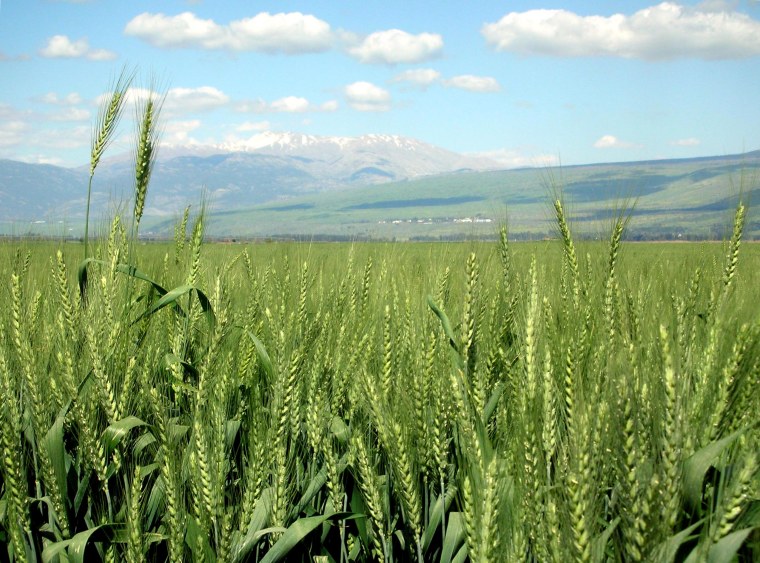Photo credit: Google
TNAU Agritech Portal :: Bio Fuels
Egypt produces jet biofuel from jatropha
Speed read
- Research team produces aviation fuel from jatropha plants grown in desert with sewage water
- Aim is to cut aviation emissions, but high cost remains a challenge for use by the end of 2017
- Semi-industrial experiments kicked off to develop a production method that may cut the cost

Researchers at Egypt’s National Research Centre have produced a biofuel suitable for aeroplanes after successful semi-industrial experiments conducted last December.
The centre was officially commissioned by the Egyptian Ministry of Civil Aviation to find a local biofuel to power aircrafts. This was to support the implementation of the International Air Transport Association plan, aiming to halve carbon dioxide emissions caused by aviation companies by 2050. Commercial aviation contributes about 2 per cent of global carbon emissions annually.
Gizine El Diwani, professor at the centre’s chemical engineering and semi-industrial experiments department, says it all started with the production of a biofuel for cars. The researchers made biodiesel from the seeds of the jatropha tree — the seeds’ oil content is between 20-25 per cent. The oil can be easily extracted using organic solvents such as hexane, according to El Diwani.
“Globally, the lowest price of biofuel is 90 per cent higher than that of the average fuel; this is due to the high cost of the materials needed for the manufacture of biofuel.”
Khaled Fouad, Zagazig University in Egypt
Because the properties of jatropha oil differ from those of traditional engine oil — in terms of viscosity, density and degree of combustion — it has to go through a number of fairly simple chemical processes to be adapted for use in running engines.
At this stage, the fuel is suitable for car engines. To be suitable for jet engines, it should be able to resist freezing until at least minus 45 degrees Celsius. The research team sought to resolve this at a later stage in the fuel’s development.
Read the full article: SciDevNet

















